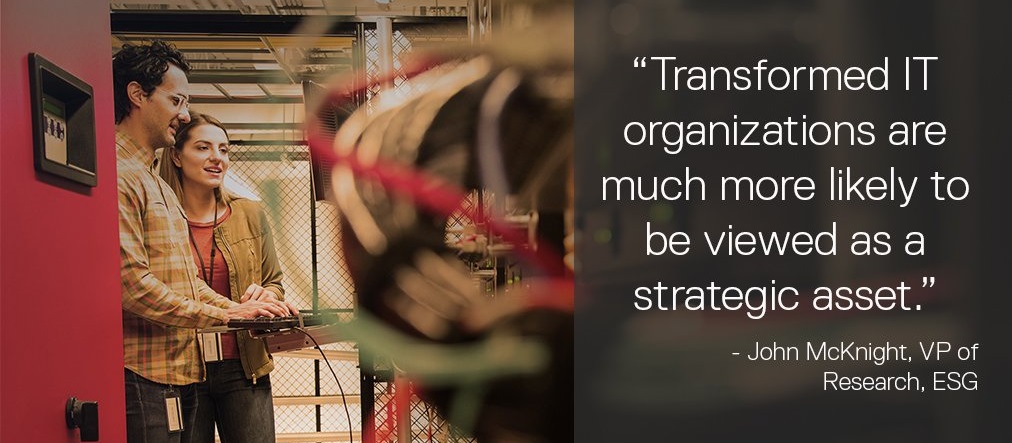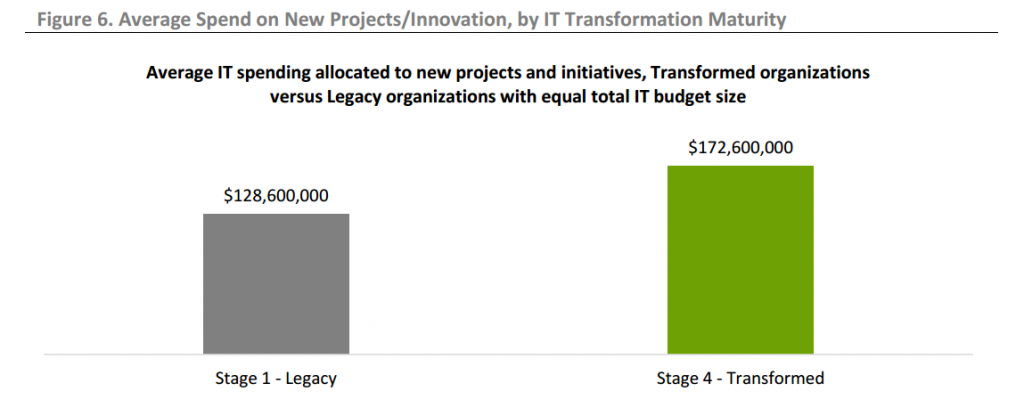The history of IT has arguably been defined by tension between the need to reliably scale applications and systems on the one hand and the need for flexibility and agility on the other. Most IT organizations have been sacrificing one at the expense of the other for longer than anyone cares to admit.
As we all collectively move into the digital business age, however, business leaders are making it clear those kinds of tradeoffs are no longer acceptable. Business leaders are demanding applications and systems that can dynamically scale up and down to meet rapidly changing business conditions. The days when an IT change request could take six months or more to fulfill are over. Today organizations of all sizes are without exception demanding access to nothing less than agile infrastructure.
In terms of software that shift manifests itself in terms of software platforms that provide much higher levels of abstraction. Whether it’s, for example, a platform-as-a-service (PaaS) or container-as-a-service (CaaS) environment developers need to be able to deploy and update digital business applications on the fly regardless of what type of physical infrastructure they are running on.
While many of those applications might be deployed on a public cloud the truth is most of those applications are going to continue to be deployed on premise or in a managed hosting environment. The reasons for this are as old as IT itself. Performance sensitive applications need to run as close as possible to the point of consumption. Add in all the applications that can’t be run on shared infrastructure because of compliance and security concerns and it quickly becomes clear that IT organizations will be managing data centers for decades to come.
At the Dell EMC World 2017 conference this month in Las Vegas we’ll be unveiling not only new innovative approaches to inject agility into IT environments using hybrid cloud computing frameworks, we’ll also be highlighting advances in hyper-converged infrastructure that significantly reduce IT complexity. In all, over 500 topics will be addressed in sessions spanning highly-personalized experiences that include hands on labs, customer led case studies, roundtables, panel discussions and presentation-style sessions.
The real challenge facing IT organizations today is finding a way to manage both software and the underlying IT infrastructure that software depends on at a higher level of abstraction. To achieve that goal IT organizations are rapidly embracing IT infrastructure that allows them to build and deploy a software-defined data centers (SDDC). It’s already been proven the single fastest way to turn that SDDC vision into an everyday reality is to invest in pre-integrated converged and hyper-converged platforms such as the one developed by the Converged Platform System Group of Dell EMC that unify the management of compute, storage and networking. Simply put, it’s not possible to meet the demands of the business for digital business transformation without transitioning to a SDDC.
What many business and IT leaders are not yet realizing is just how far they are starting to fall behind the digital business transformation curve. A new report from Enterprise Strategy Group (ESG) finds there is a direct correlation between organization that have modernized their IT environments and increased revenue. A full 96 percent of organizations that transformed their IT environments exceeded revenue targets in fiscal year 2016, which is more than twice the rate of organizations that still employ legacy IT infrastructure.
That same ESG study finds that organizations that have achieved greater IT Transformation maturity spend a significantly higher share of their budget on innovation. Transformed organizations allocate an incremental 12 percent of their annual IT spend to new projects and initiatives compared to organizations dependent on legacy infrastructure. At a time when 75 percent or more of IT budgets are dedicated to keeping legacy IT infrastructure running that extra 12 percent can be an innovation game changer.
Better still, the ESG study also notes that transformed organizations are six times as likely to report progress in leveraging IT resources to speed product innovation and time to market and seven times as likely to have IT organizations that are viewed by the business as either being a competitive differentiator or outright profit center. A large part of that perception, the study adds, comes from the simple fact that transformed organizations complete three times as many IT projects ahead of schedule.
As business leaders gain a deeper appreciation for the strategic role IT plays in driving digital business transformation the amount of pressure IT leaders are under is only going to increase. Rather than waiting for an all but inevitable IT infrastructure management crisis to occur IT leaders need to proactively make the case to modernizing their IT environments. After all, if the organizations that made that transition already are more competitive, it only stands to reason that those that don’t make that transition as quickly will soon find themselves at a competitive disadvantage they will never overcome.

